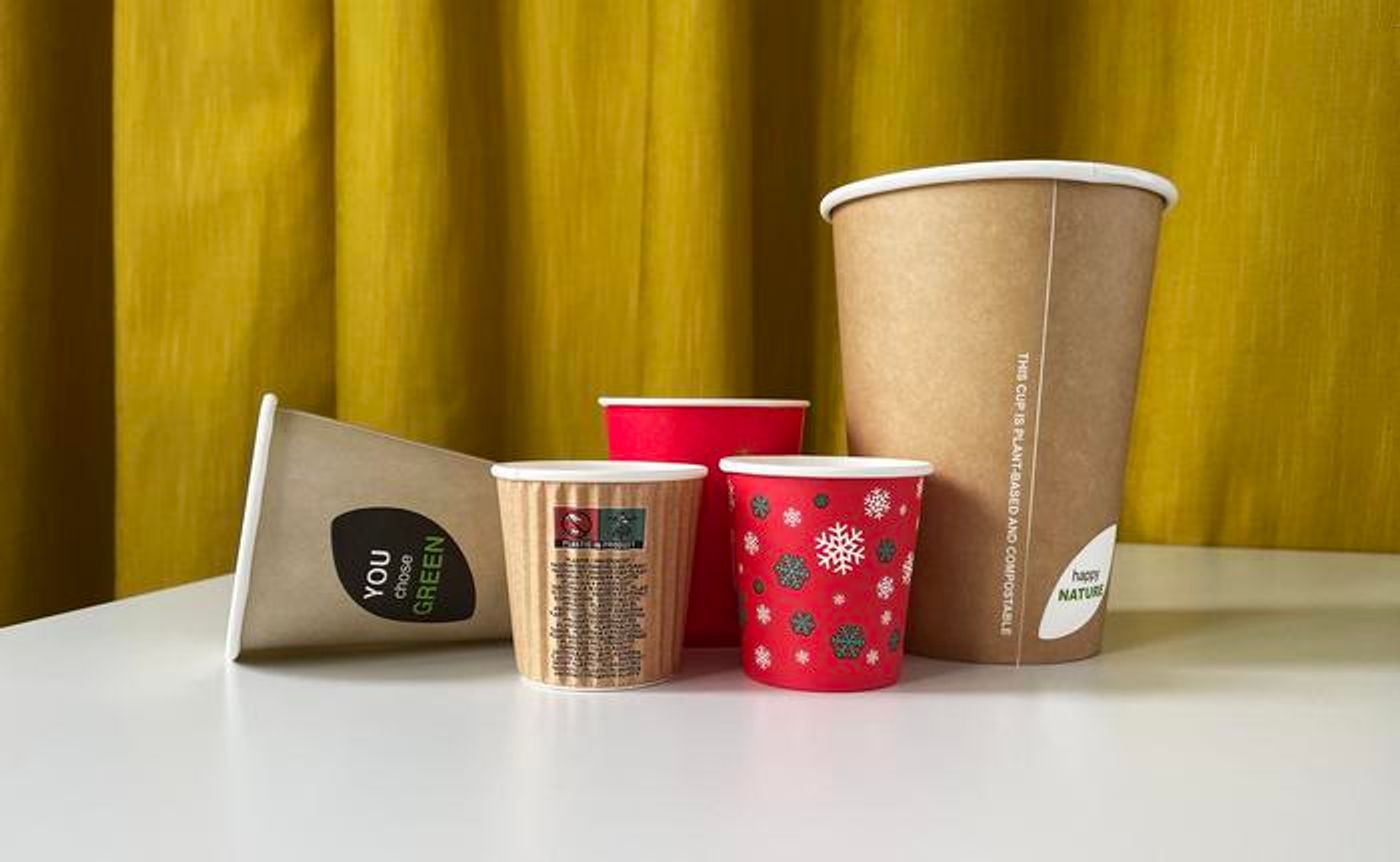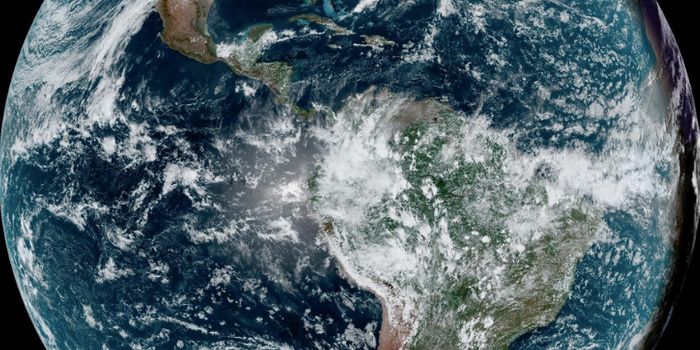Paper Cups & Bamboo Straws Pose Risks & Harms Just Like Plastics
Plastics have become a major problem, particularly when it comes to single-use, disposable plastics that are commonly used in food service and retail. But all that plastic does not decompose, it just breaks apart into ever smaller pieces. Tiny plastic particles have also made their way into the food chain and contaminate even remote regions. Plastic is made from fossil fuels, and the extraction, transportation, and production of plastics are thought to generate 200 million metric tons of carbon dioxide every year.
In an effort to reduce the amount of single-use plastics that are being produced, used, and tossed out, there has been a shift to using other materials for the same purposes. Two new studies have shown that we may be better off trying to eliminate the use of these products altogether instead, because alternative materials like paper and bamboo are posing their own problems for the environment.
Reporting in Environmental Pollution, scientists performed a simple experiment in which they left paper cups or plastic cups in water and sediment for a few weeks, then tried to grow mosquito larvae in the water. They found that the growth of larvae was negatively impacted by both types of cups.
Paper cups won't effectively hold water, so they're usually lined with a film, which is often made of polylactide (PLA). PLA is considered a 'bioplastic' because it is made using a renewable resource like cassava, corn, or sugarcane, instead of fossil fuels. This study has suggested that PLA is not biodegradable, and it has toxic effects.
“Some chemicals in plastics are known to be toxic, others we lack knowledge about. Paper packaging also presents a potential health hazard compared to other materials, and it’s becoming more common. We are exposed to the plastics and the associated chemicals via contact with food,” said first study author Bethanie Carney Almroth of the University of Gothenburg.
The researchers are calling for greater transparency in the plastics industry so we can assess the safety of the materials they produce more effectively. They also remind us to use a reusable mug instead of a paper or plastic cup whenever we can.
In an unrelated study published in Food Additives & Contaminants, scientists assessed the chemical content of 39 brands of straws, many of which were made from paper or bamboo. They determined that 90 percent of paper, 80 percent of bamboo, 75 percent of plastic, and 40 percent of glass straws that were tested contained poly- and perfluoroalkyl substances (PFAS). They are toxic substances that are known as forever chemicals because it is so difficult to break them down, and they hang out in the body and in the environment. Trifluoroacetic acid (TFA) and trifluoromethanesulfonic acid (TFMS) were also detected.
"Straws made from plant-based materials, such as paper and bamboo, are often advertised as being more sustainable and eco-friendly than those made from plastic," said corresponding study author Dr. Thimo Groffen, an environmental scientist at the University of Antwerp. "However, the presence of PFAS in these straws means that's not necessarily true."
This study did not determine whether the PFAS in the straws was coming from a coating inside them to make them water repellent or waterproof, or whether the paper or bamboo was contaminated at some point when it was being grown or manufactured. The PFAS levels were low, but because these chemicals do not break down, even small amounts could build up in the body after repeated exposure.
Since no PFAS were detected in stainless steel straws, the researchers suggested that those would be safe to use for those who need straws, and others might consider not using straws anymore.
Sources: University of Gothenburg, Environmental Pollution, Taylor & Francis, Food Additive & Contaminants









